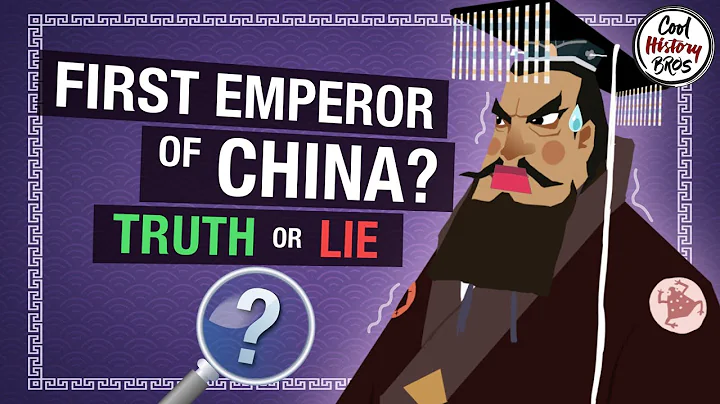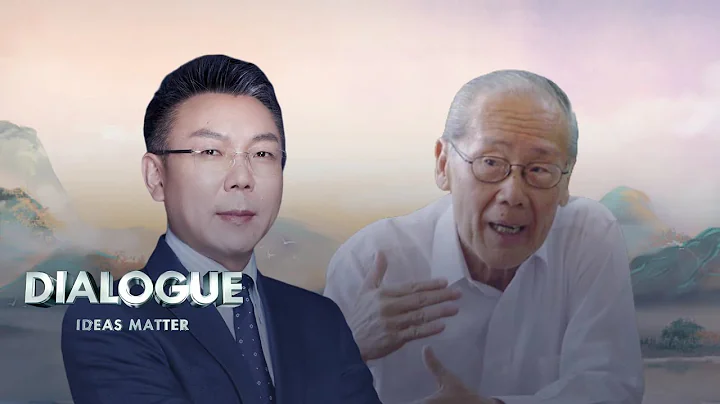The imperial examination was a system for selecting civil and military officials and reserve personnel by subject in the feudal dynasty from Sui, Tang, to Qing Dynasty. The nine-grade Zhongzheng system used before the Sui Dynasty was a system for selecting officials, which prevented ordinary people from poor families from entering the official career. The Sui Dynasty began to change to the imperial examination system, so that anyone who participated had the opportunity to become an official.

The imperial examination is a huge progress in the history of China's official system. It is a basic system for selecting officials by examination in Chinese history. It originated from the Han Dynasty , was founded in the Sui Dynasty, was established in the Tang Dynasty , was completed in the Song Dynasty, flourished in the Ming and Qing dynasties, was abolished in the late Qing Dynasty, and went through the Tang, Song, Yuan, Ming and Qing dynasties. According to historical records, from the Jinshi Science Calculation in the first year of the Sui Dynasty (605) to the formal abolition in the 30th year of Guangxu (1905), it has existed for 1,300 years and has had extensive and far-reaching influence at home and abroad.

1904 (the year of Jiachen Dragon in the lunar calendar of the 30th year of Guangxu) coincided with the 70 birthday of Empress Dowager Cixi. For this reason, "Enke" was specially opened. This imperial examination first held a joint examination in Kaifeng, and then 273 tributes were selected. Scholars were about to go to Beijing. In the early morning of July 4, 1904, 273 tribute scholars selected in the examination of the Ministry of Rites entered the Baohe Hall from the middle left door. After going through various rituals and etiquette such as roll call, distributing scrolls, praise rules, and salutes, they Participated in the palace examination conducted by the emperor.

This is the last level of the three-year national imperial examination. The tributes were rearranged according to the results of this exam. The top three will be awarded Jinshi and . The second and third top will be awarded Jinshi origin and the same Jinshi origin respectively. At 10 o'clock in the morning, the test questions were handed out. They were questions about current affairs and policy raised in the name of the emperor. The questions were about five to six hundred words long. The tributes immediately began to write countermeasures and express their opinions and suggestions on the issues raised by the emperor. There is no limit to the length of the countermeasure article, but the normal limit is 2,000 words. It is stipulated that the words must be in a formal style, the writing must be in line, neat and orderly, and there is no room for negligence. The deadline for handing in papers is the end of the day. This year, a total of 120 people were born as first-class Jinshi and the third person, 120 people were born as second-class Jinshi, and and 2150 people were born as Jinshi in the third-class, a total of 273 people. Liu Chunlin ranked first, Zhu Ruzhen ranked second, and Shang Yanliu ranked third.

The tributes who participated in this palace examination include Tan Yan (Waimen Liqi), Tang Hualong, Pu Dianjun, Shen Junru, etc. The Qing government announced the abolition of the imperial examination in the following year (1905), so Jiachen Enke became the last imperial examination in Chinese history.
After the imperial examination was abolished, it still left many traces in Chinese society. For example, the Constitution of the Republic of China founded by Sun Yat-sen stipulated the separation of powers among the five powers, and the examination yuan within it was derived from China's imperial examination examination tradition. In addition, some habits of the imperial examination can still be seen in the college entrance examination in mainland China today. For example, admissions are divided into provinces, binding the test papers with candidates' identity information on the header to prevent collusion between examiners and candidates to cheat, and calling the person with the highest score in the college entrance examination the number one scholar. These are all relics of the imperial examination.










![[NCLC 2023] Kingdom of Characters: A Journey Through the Evolution of Chinese Language with Jing Tsu - DayDayNews](https://i.ytimg.com/vi/WFKn3eLqgmE/hq720.jpg?sqp=-oaymwEcCNAFEJQDSFXyq4qpAw4IARUAAIhCGAFwAcABBg==&rs=AOn4CLAclMNTRcW-HzOz0ee5iYFKZUFLlw)










